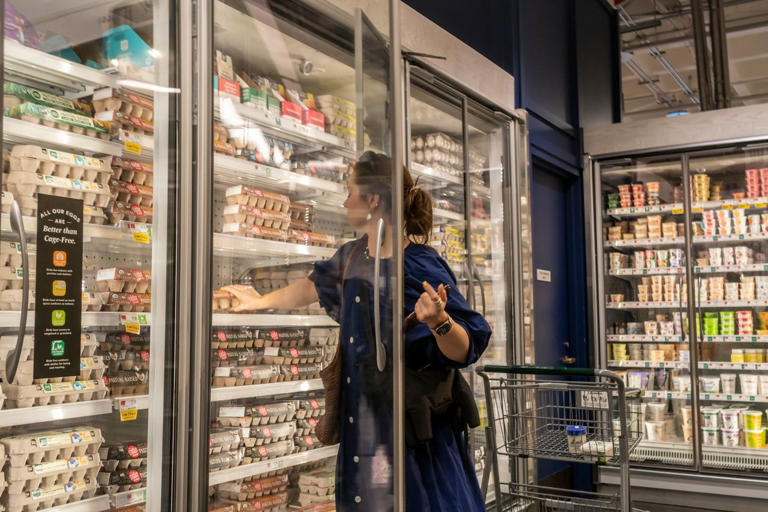U.S. inflation edged lower in July, with the consumer-price index rising 2.9% from a year earlier, according to the Labor Department. This marks a significant milestone, as it is the first time CPI has fallen firmly below 3% since early 2021. Core prices, excluding volatile food and energy items, increased by 3.2% over the previous year and 0.2% since June.
This cooling inflation trend strengthens the case for the Federal Reserve to begin cutting interest rates at its next meeting in mid-September. Fed Chair Jerome Powell has already hinted at a probable rate cut, with the central bank’s favored inflation gauge—the PCE price index—hovering closer to the 2% target.
The report also brought a mixed reaction in financial markets. Treasury yields saw a slight uptick, while stock futures fluctuated between small gains and losses. Despite the positive overall inflation picture, housing costs rose faster than in June, tempering the report’s optimism.
The context of this inflation report is also significant, as concerns over a potential recession have been growing. A weak July jobs report earlier in the month showed an unexpected rise in the unemployment rate to 4.3%, fueling worries about a downward economic spiral.
Despite these concerns, many economists believe the U.S. can avoid a near-term recession. Temporary layoffs have driven the recent rise in unemployment, and other indicators of labor market strength remain solid. Additionally, the continued easing of inflation provides optimism that the Fed can respond effectively to any economic weakness.
As inflation moderates, the debate on Wall Street has shifted from whether the Fed will cut rates to how much the cut will be. Some analysts expect a half-percentage-point reduction in September, rather than the typical quarter-point cut.
Richmond Fed President Tom Barkin recently noted that officials are assessing whether the economy is gradually normalizing or if more aggressive action is needed. As inflation cools, the Fed’s strategy in the coming months will be closely watched.
